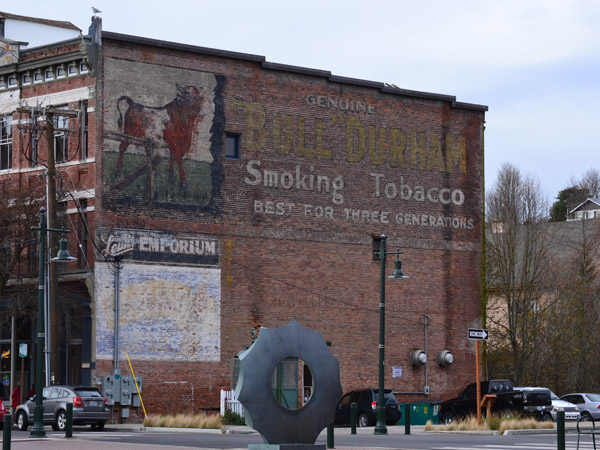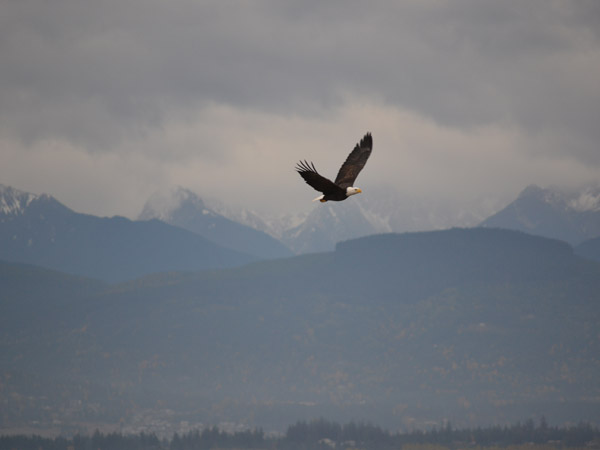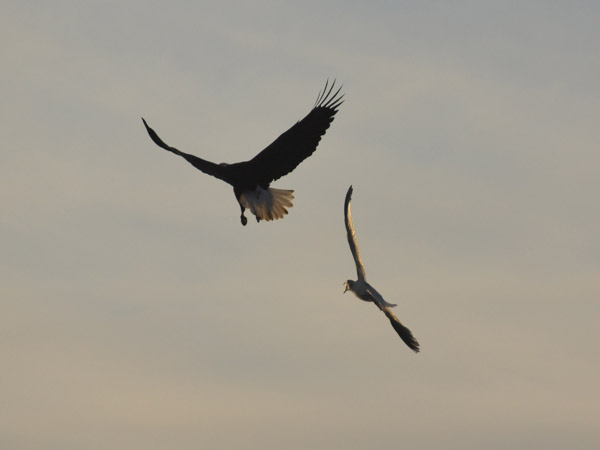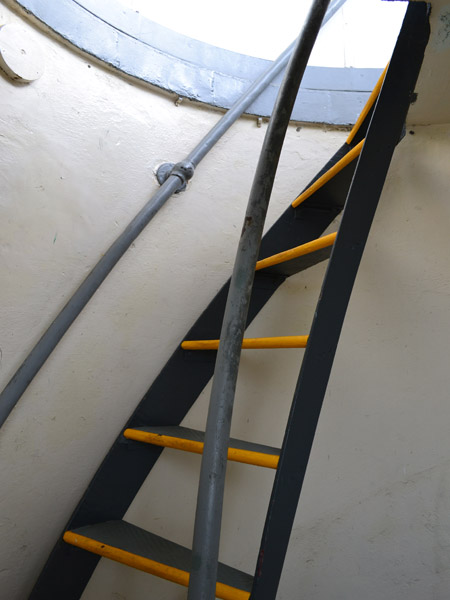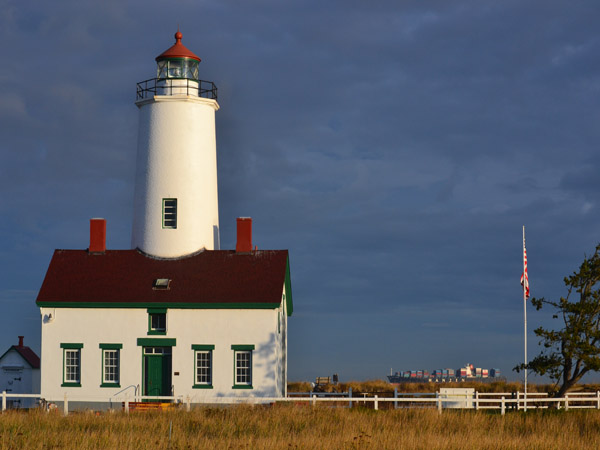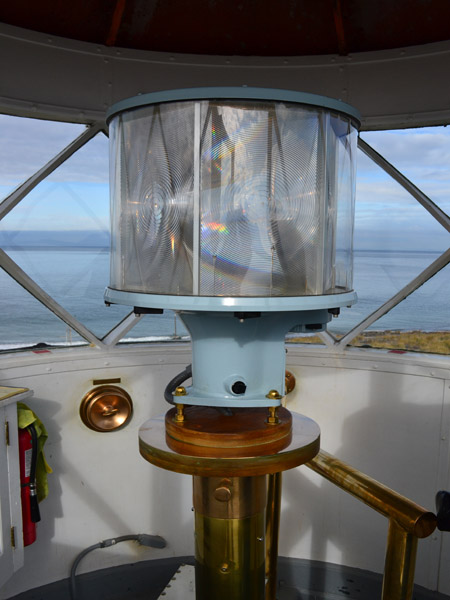A week ago a post on cAt Picture/Day about ghost signs reminded me of the sign, above, in Port Townsend, one of my favorite day trips from Sequim. Ghost signs or brick ads are relics of advertising painted on brick buildings that survive over time. Early signage of this sort began in the 1890s, which coincides with the boom period of downtown Port Townsend.
I saw this wall in the early 1980s on my first visit to Port Townsend. Over the years, though I didn’t have many visual memories of the town I remembered this sign vividly and I have a film image of it somewhere.
The two best surviving ghost signs that I found last Friday were for tobacco. Considering tobacco’s historic place in the U.S. economy I suppose it shouldn’t be surprising that they’re both large and durable, though it looks as if Owl’s pricing may have changed over time.
I’ll post more pictures from my trip to Port Townsend later this week.
